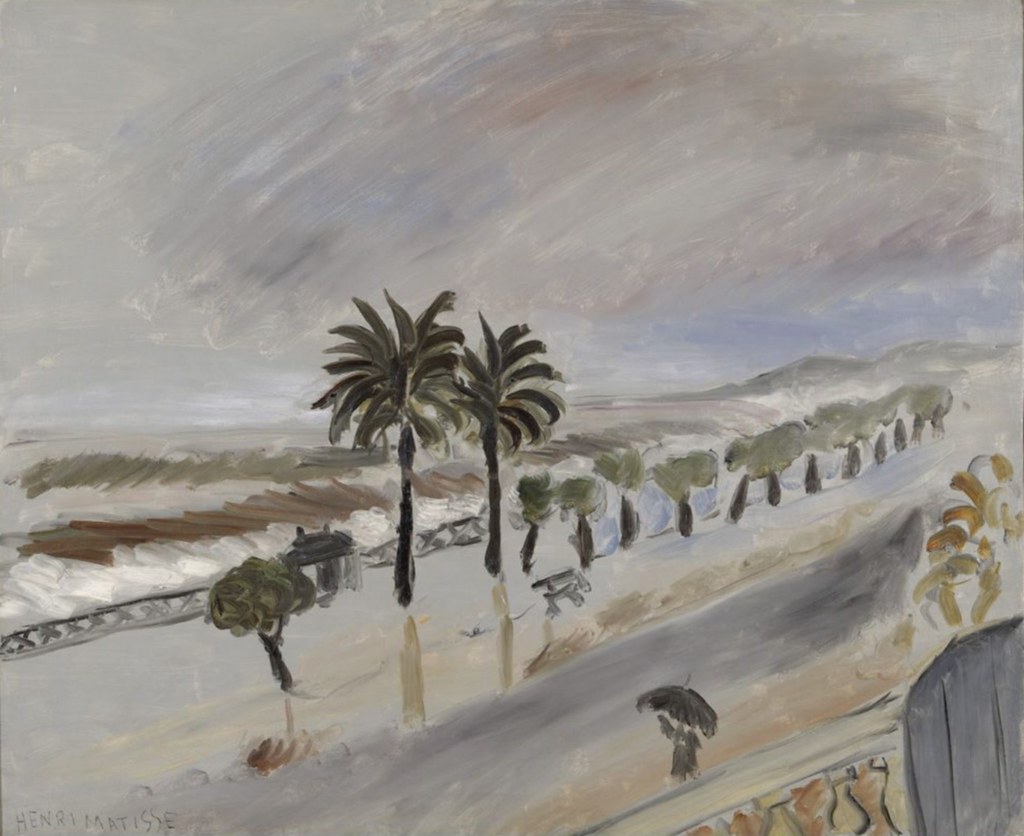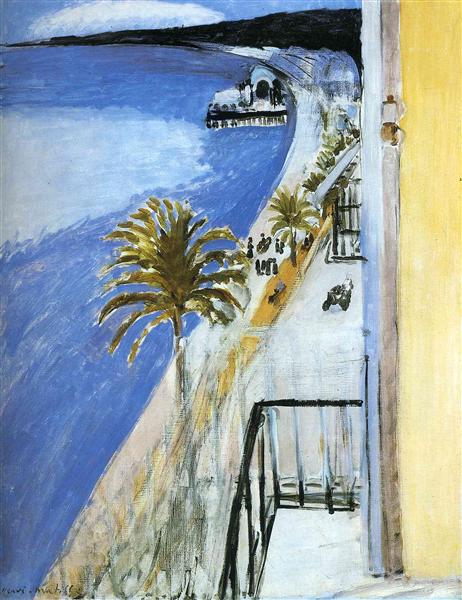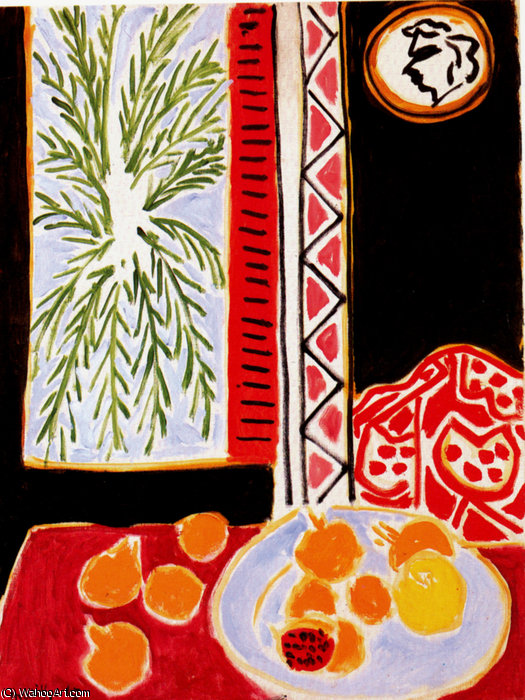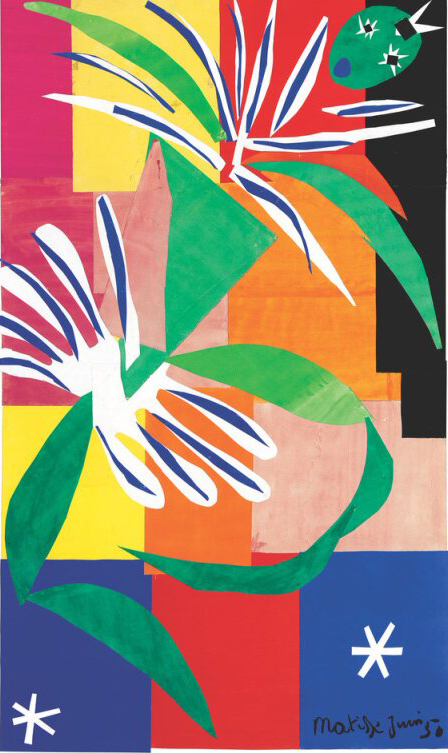
French artist, Henri Matisse (1869-1954), is probably best known for his uplifting use of colour and pattern, depicting interiors, figures and natural motifs, and his involvement with the Fauves (Wild Beasts) group of artists. The RA has a 60 second video introducing his work here.
In 1917, Matisse stayed in Nice, on the Cote D’ Azur on the south of France, hoping that the warmer, southern climate during winter months would ease his bronchitis. He continued to stay in Nice for long periods every year up to his death, producing the majority of his work from various hotels and apartments. Most of the places where Matisse stayed had views out to sea.
The painting, Bay of Nice, can be seen at the Musee Matisse, a forty five minute walk north from Nice harbour. The museum has a good collection of 31 paintings, as well as many drawings, paper cut-outs and sculptures, most of which, Matisse himself had in his studio and donated in 1953, the year before his death.

One of the highlights of the collection is Nature Morte Aux Grenades (Still life with Pomegranates – 1947), a great example of Matisse’s later paintings, moving towards abstraction, with it’s harmonious balanced composition of shapes and colours. It’s only a small step away from his paper cut-out works, like Danseuse Créole (Creole dancer – 1950), which he made in the final years of his life.


If you visit, and you have the time, you might also like to also take the 30 minute drive to see Matisse’s stained glass windows at the Rosary Chapel in St Paul de Vence. If, like me, you live in London, you will be able to find examples of his work closer to home. It looks like the Tate has the most Matisse works of any London public collection. You can see what is currently on show here. The Courtauld Gallery has two works (1 and 2) and the National Gallery one.